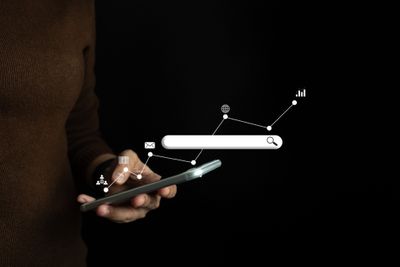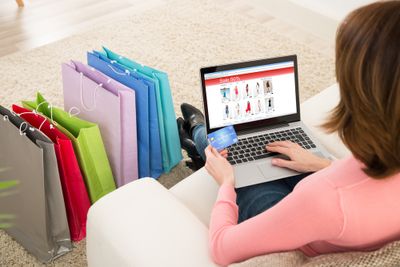Featured
Site Search: The Ultimate Guide to Internal Search
Zohar Gilad
Co-Founder & CEO
December 2, 2024

Top articles
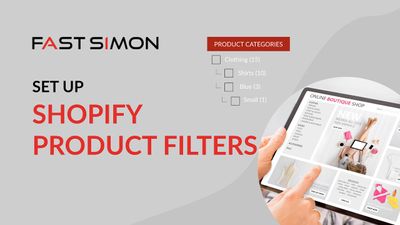
Optimized eCommerce Experience
December 4, 2025
Simplest Way to Add Product Filters to Shopify: Step-By-Step Guide (+Images)
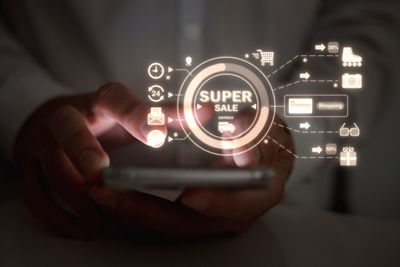
Site Search
November 19, 2024
Can AI Search the Internet? Search Engines, AI Assistants, and Tips for Optimization
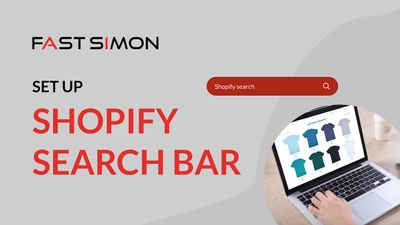
Site Search
November 19, 2024
Guide to Shopify Search Bar: Add, Customize, Troubleshoot, Remove, and More
Merchandising
View all
Merchandising
December 12, 2025
Why Grouping Related Products Is Important in eCommerce Merchandising

Merchandising
December 12, 2025
Visual Merchandising in Fashion eCommerce: 7 Best Strategies That Work
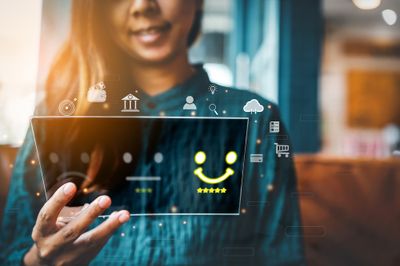
Merchandising
December 12, 2025
eCommerce Visual Merchandising Guide: Improving the Online Shopping Experience
Site Search
View all
Site Search
December 2, 2025
We Analyzed the Onsite Search Functions of 15 Top eCommerce Sites in the World and the Results Were Unexpected

Site Search
December 2, 2025
6 Best Product Description Optimization Strategies to Write Compelling Copy

Site Search
December 1, 2025
Conversational Search Explained: From Query to Dialogue
Personalization
View allOptimized eCommerce Experience
View all
Optimized eCommerce Experience
December 12, 2025
How E-Commerce Merchants Can Adapt And Thrive During Supply Chain Interruptions

Optimized eCommerce Experience
December 12, 2025
How E-Commerce Merchants Are Successfully Navigating The 2026 Holiday Shopping Season

Optimized eCommerce Experience
December 12, 2025
Harnessing Email and SMS Marketing Automation to Boost eCommerce Conversions

